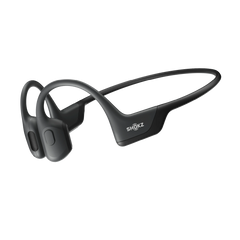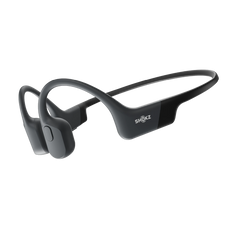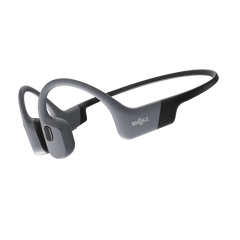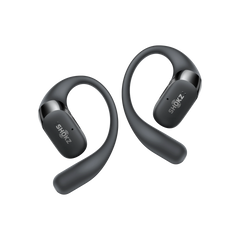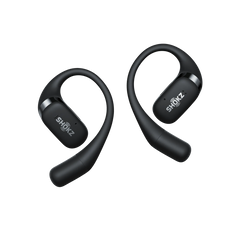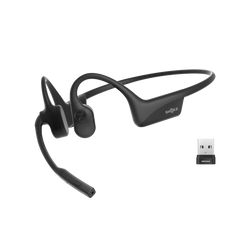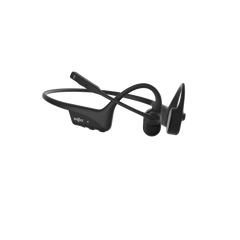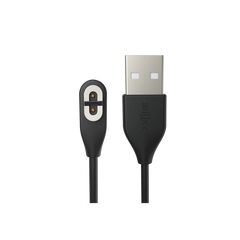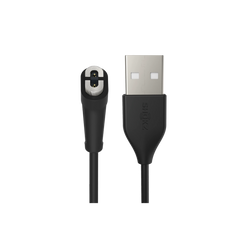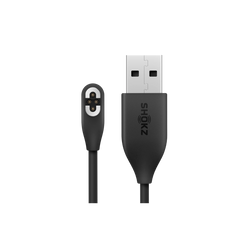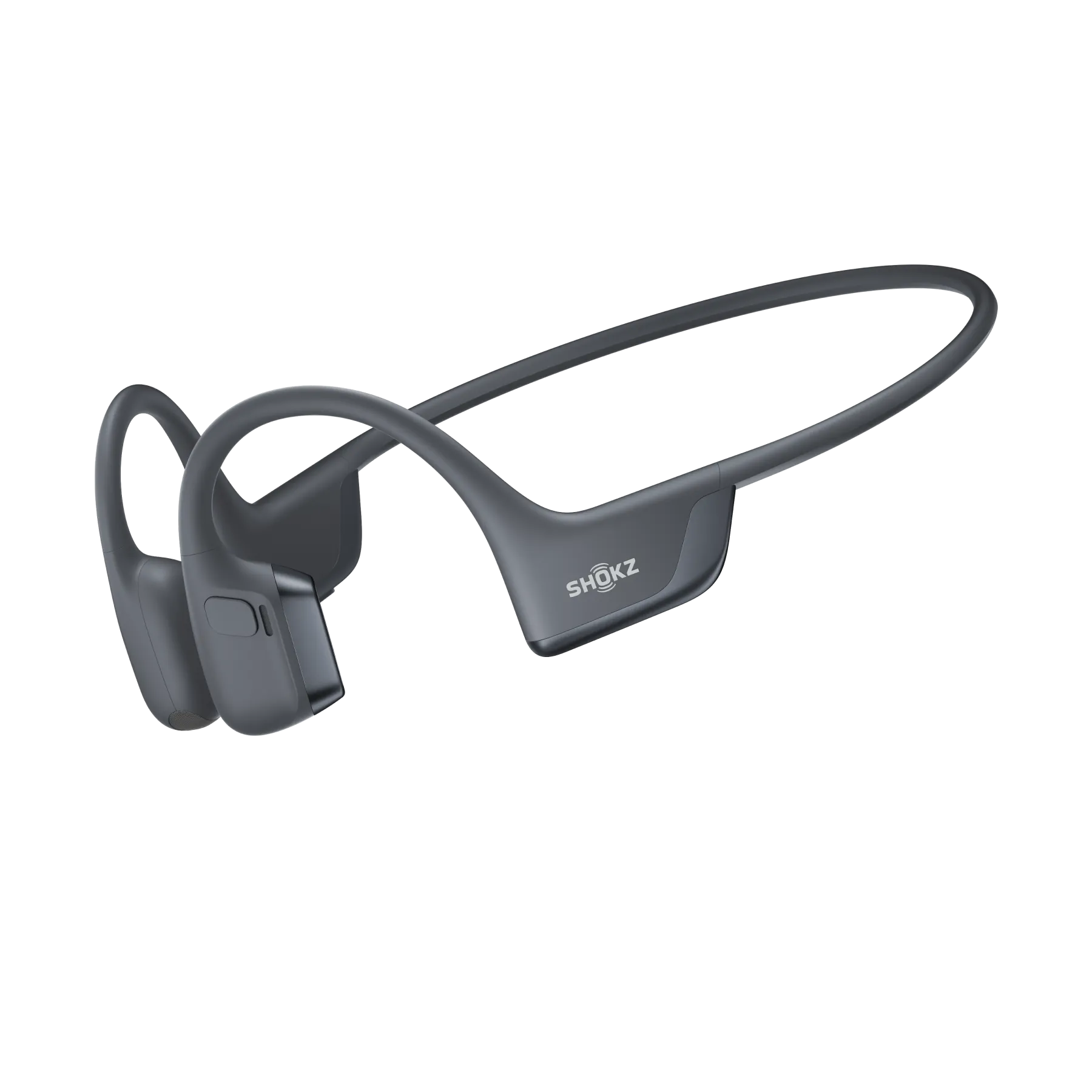Issues with Common Sports Headphones
Where Shokz Headphones Take an Edge
Designed with workouts in mind
Snug, secure fit
Ergonomic ear hooks keep them steady, even when you run and jump.
Open-ear awareness
Train with music while staying aware of your surroundings.
Breathable by design
Open-ear headphones keep your ears cool, free of sweat buildup.
Reliable control
Physical buttons offer reliable control, even with sweaty fingers.
Choose the Shokz that's RIGHT for You
Product
Model
Sound quality
Weight
Waterproof rating
Battery life
Charging method
Equalizer
Storage
Warranty
OpenSwim Pro
S710
8th-Gen bone conduction technology
27.3g
IP68 waterproof for 2m deep swim
Bluetooth mode: 9 hours on a single charge
MP3 mode: 6 hours on a single charge
4-Pin magnetic charging
2 preset EQs
(in-App)
32 GB
2 years
OpenRun Pro2
S820
10th-Gen bone conduction technology
30.3g
IP55 water resistance for sweaty workouts
USB-C charging
4 preset EQs + 2 custom modes
(in-App)
/
2 years
OpenFit 2 Series
T921
DualBoost™ + Dolby Audio
9.4g per bud
IP55
Earbuds: 11 hours, and up to 48 hours with charging case
USB-C charging
Dolby Audio mode & 4 presets + 2 custom EQ modes (in-App)
/
2 years
OpenDots ONE
E310
Bassphere™ + Dolby Audio
6.5g per bud
IP54
Earbuds: 10 hours, and up to 40 hours with charging case
USB-C charging
Dolby Audio mode & 4 presets + 2 custom EQ modes (in-App)
/
2 years
Real Stories, Real Sound
Trusted by Athletes
Brand Honor
FAQ
Q1: Is the OpenRun Pro 2 a bone conduction headphone?
Yes, the OpenRun Pro 2 is a bone conduction headphone. It features Shokz’s latest DualPitch™ technology, which perfectly combines bone conduction and air conduction drivers. The bone conduction driver accurately handles mid and high frequencies, while the air conduction driver delivers deep and powerful bass, effectively enhancing the overall sound quality.
Q2: Do the headphones support aptX Low Latency (aptX LL) technology?
aptX Low Latency (aptX LL) provides short-range wireless transmission for comfortable audio-video synchronization in video and gaming applications. Currently, our headphones do not support aptX Low Latency technology.
Q3: Why can I still hear loud surrounding noise even though the headphones support noise reduction?
Shokz headphones feature an open-ear design, allowing you to still hear your surrounding environment while wearing them, which is normal. Additionally, the noise reduction function is designed for the microphone, helping your voice to be heard more clearly during calls. If you hear background noise from the other person during a call, this is related to the noise reduction capability of their device.
Q4: Do Shokz headphones reduce wind noise?
Currently, only the OpenRun Pro 2 features wind-noise reduction. By positioning the microphone in the optimal low-wind area and using internal structures to significantly block wind from entering the microphone, it ensures clear call quality even in windy conditions.
Q5: Why is OpenRun rated IP67, while OpenRun Pro 2 has an IP55 rating?
The difference is mainly due to structural design and product focus. OpenRun Pro 2 features the latest DualPitch™ technology and a dual-layer mesh design, which provides superior sound quality compared to OpenRun.
Extensive customer research has shown that the IP55 water resistance is sufficient for daily sports and exercise activities, so you can use it with confidence. However, we do not recommend using the headphones in extreme environments such as hot springs or saunas, nor while swimming, showering, or running in heavy rain for extended periods.
Extensive customer research has shown that the IP55 water resistance is sufficient for daily sports and exercise activities, so you can use it with confidence. However, we do not recommend using the headphones in extreme environments such as hot springs or saunas, nor while swimming, showering, or running in heavy rain for extended periods.
Q6: Can OpenSwim and OpenSwim Pro be used in seawater or swimming pools?
According to the IEC 60529 “Ingress Protection (IP Code)” standard, OpenSwim and OpenSwim Pro have an IP68 waterproof rating.
IP68: OpenSwim Pro can be submerged in water up to 2 meters deep for 2 hours and still function normally.
However, they are not suitable for use in saunas or showers. High temperatures can accelerate headphone aging, and elements such as sulfur in sauna environments may degrade adhesives, affecting waterproof performance.
OpenSwim Pro can be used in both seawater and swimming pools. To prevent corrosion from saltwater, it is recommended to rinse the headphones with fresh water after use.
Note: During charging or data transfer, ensure the headphones and cables are dry to maintain proper device functionality and safety.
IP68: OpenSwim Pro can be submerged in water up to 2 meters deep for 2 hours and still function normally.
However, they are not suitable for use in saunas or showers. High temperatures can accelerate headphone aging, and elements such as sulfur in sauna environments may degrade adhesives, affecting waterproof performance.
OpenSwim Pro can be used in both seawater and swimming pools. To prevent corrosion from saltwater, it is recommended to rinse the headphones with fresh water after use.
Note: During charging or data transfer, ensure the headphones and cables are dry to maintain proper device functionality and safety.
Q7: Can Bluetooth mode be used while swimming?
No, Bluetooth mode cannot be used underwater.
Bluetooth signals propagate well in air because air is almost transparent to these radio frequencies, allowing the signals to travel with minimal obstruction. However, water is a conductive medium and strongly absorbs radio waves, especially high-frequency signals. When radio waves enter water, their energy rapidly decreases, and the transmission distance is greatly reduced. This causes the signal strength to drop below the level required for effective communication, making stable connection and data transfer impossible.
Therefore, we recommend using the MP3 mode of the swimming series headphones for underwater use.
Bluetooth signals propagate well in air because air is almost transparent to these radio frequencies, allowing the signals to travel with minimal obstruction. However, water is a conductive medium and strongly absorbs radio waves, especially high-frequency signals. When radio waves enter water, their energy rapidly decreases, and the transmission distance is greatly reduced. This causes the signal strength to drop below the level required for effective communication, making stable connection and data transfer impossible.
Therefore, we recommend using the MP3 mode of the swimming series headphones for underwater use.

